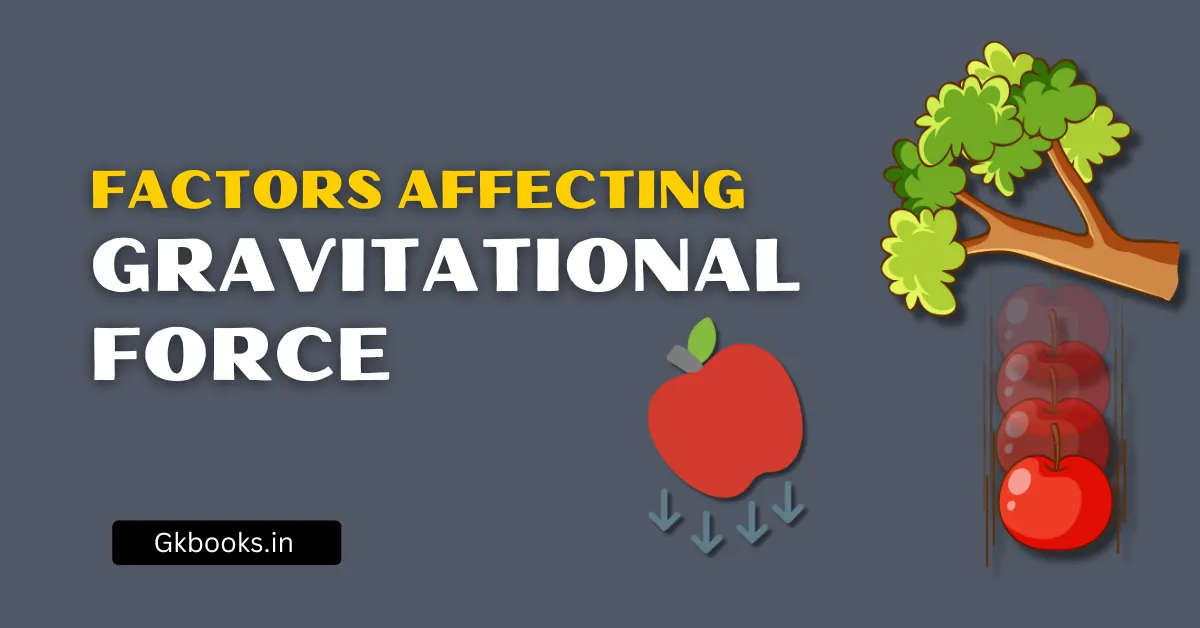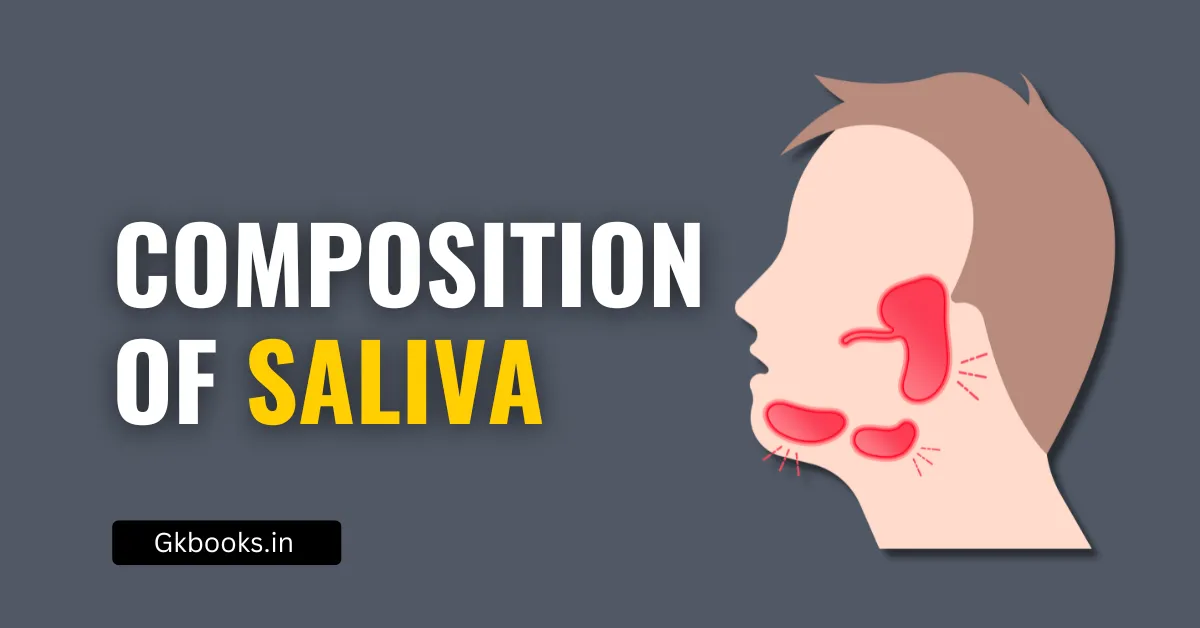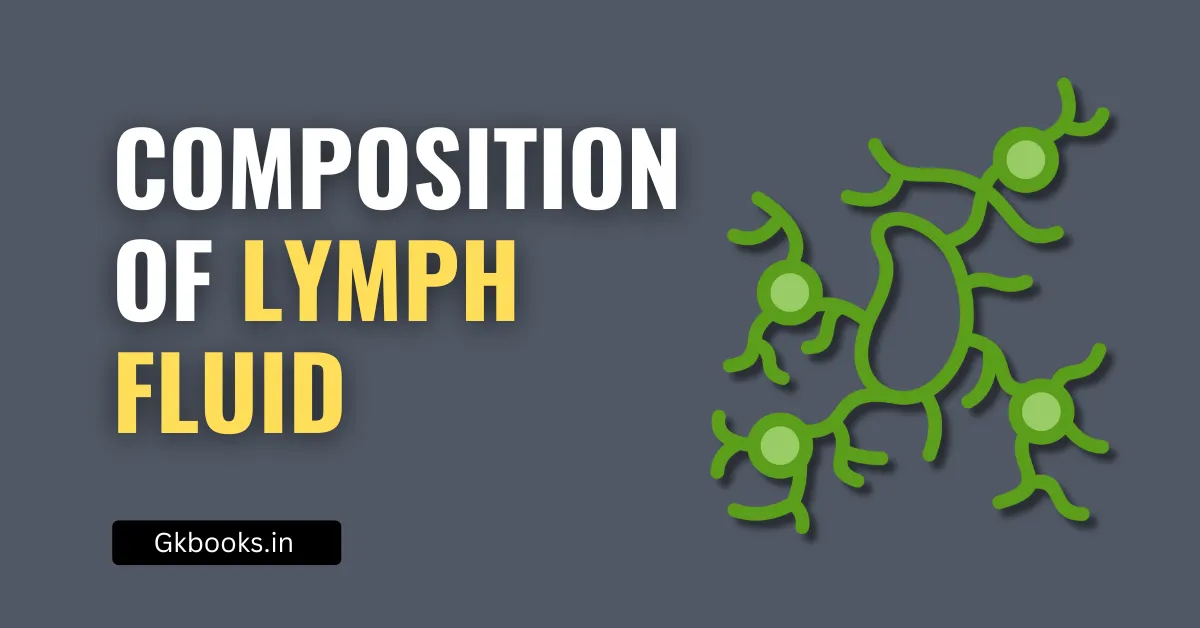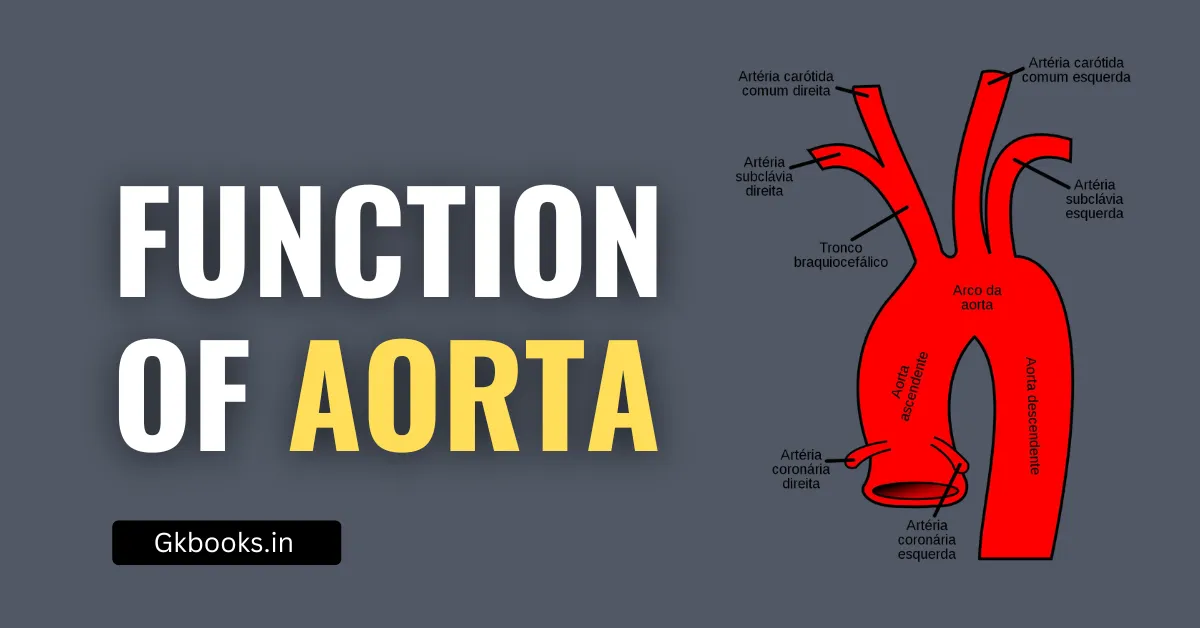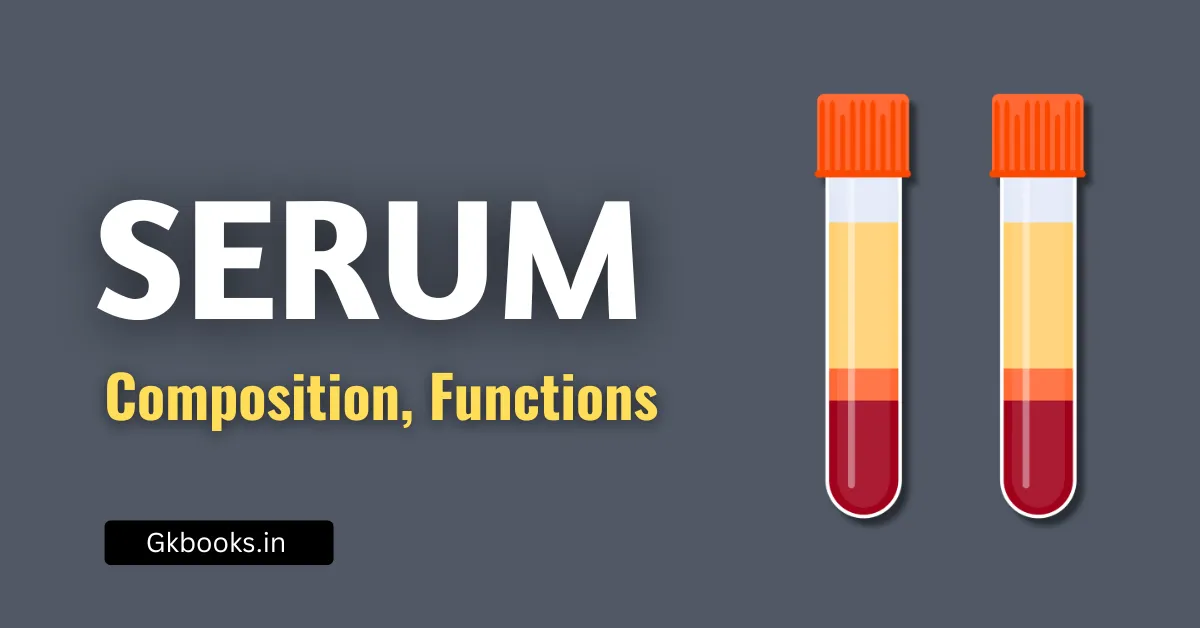Important Water Reservoirs in India with Key Facts: Complete Guide
India, with its vast network of rivers and diverse geography, is home to some of the world’s largest and most important water reservoirs. These reservoirs play a crucial role in irrigation, hydroelectric power generation, flood control, and ensuring water supply to millions. From the mighty Indira Sagar on the Narmada River to the iconic Nagarjuna … Read more







